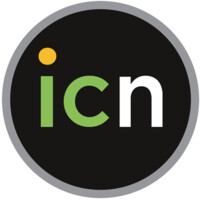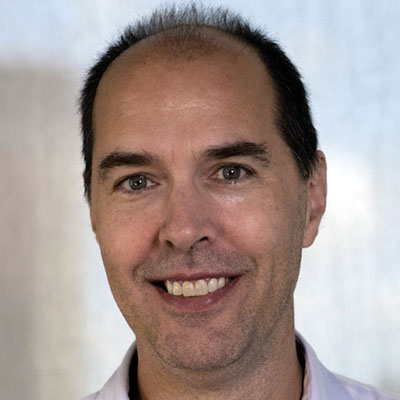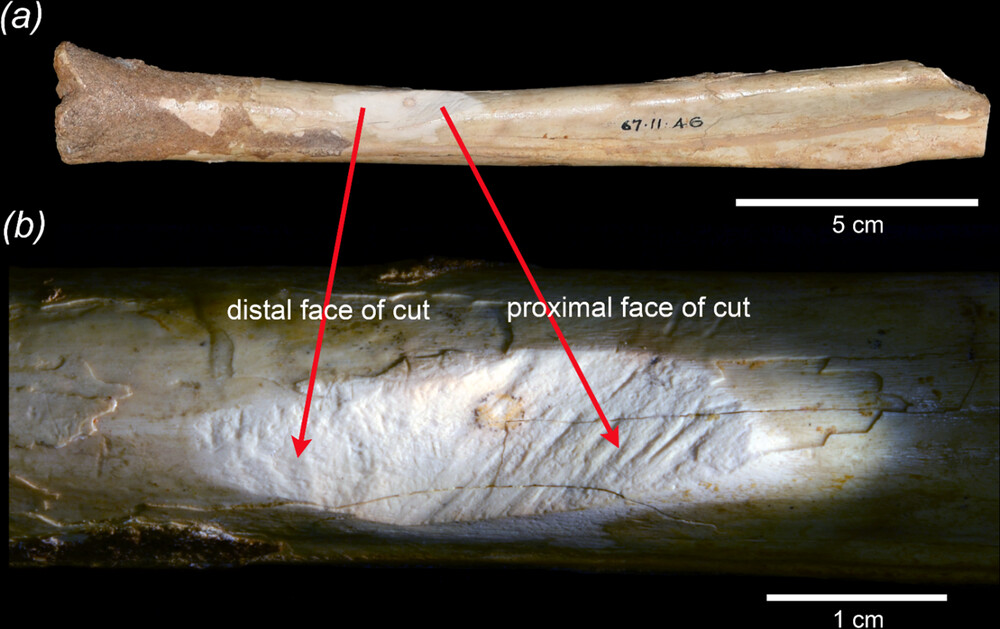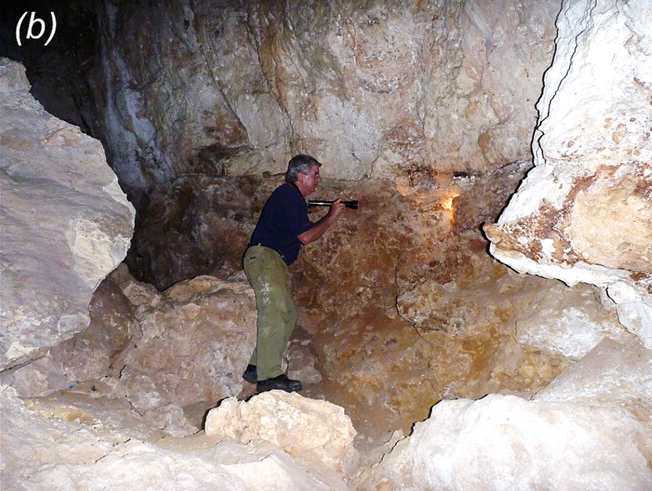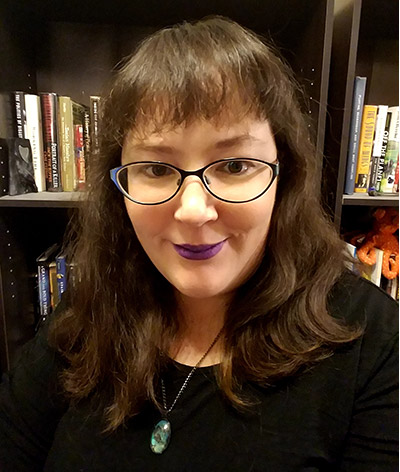Melissa set to be the strongest hurricane to ever strike Jamaica
The sole bright spot is that, as of Monday, the core of the storm’s strongest winds remains fairly small. Based on recent data, its hurricane-force winds only extend about 25 miles from the center. Unfortunately, Melissa will make a direct hit on Jamaica, with the island’s capital city of Kingston to the right of the center, where winds and surge will be greatest.
Beyond Jamaica, Melissa will likely be one of the strongest hurricanes on record to hit Cuba. Melissa will impact the eastern half of the island on Tuesday night, bringing the trifecta of heavy rainfall, damaging winds, and storm surge. The storm also poses lesser threats to Hispaniola, the Bahamas, and potentially Bermuda down the line. There will be no impacts in the United States.
A sneakily strong season
Most US coastal residents will consider this Atlantic season, which officially ends in a little more than a month, to be fairly quiet. There have been relatively few direct impacts to the United States from named storms.
One can see the signatures of Erin, Humberto, and Melissa in this chart of Accumulated Cyclone Energy for 2025. Credit: CyclonicWx.com
But this season has been sneakily strong. Melissa is just the 45th storm since 1851 to reach Category 5 status, as defined as having sustained winds of 157 mph or greater. Already this year, Erin and Humberto reached Category 5 status, and now Melissa is the third such hurricane. Fortunately, the former two storms posed minimal threat to land.
Before this year, there had only ever been one season with three Category 5 hurricanes on record: 2005, which featured three storms that all impacted US Gulf states and had their names retired, Katrina, Rita, and Wilma.
Melissa set to be the strongest hurricane to ever strike Jamaica Read More »



